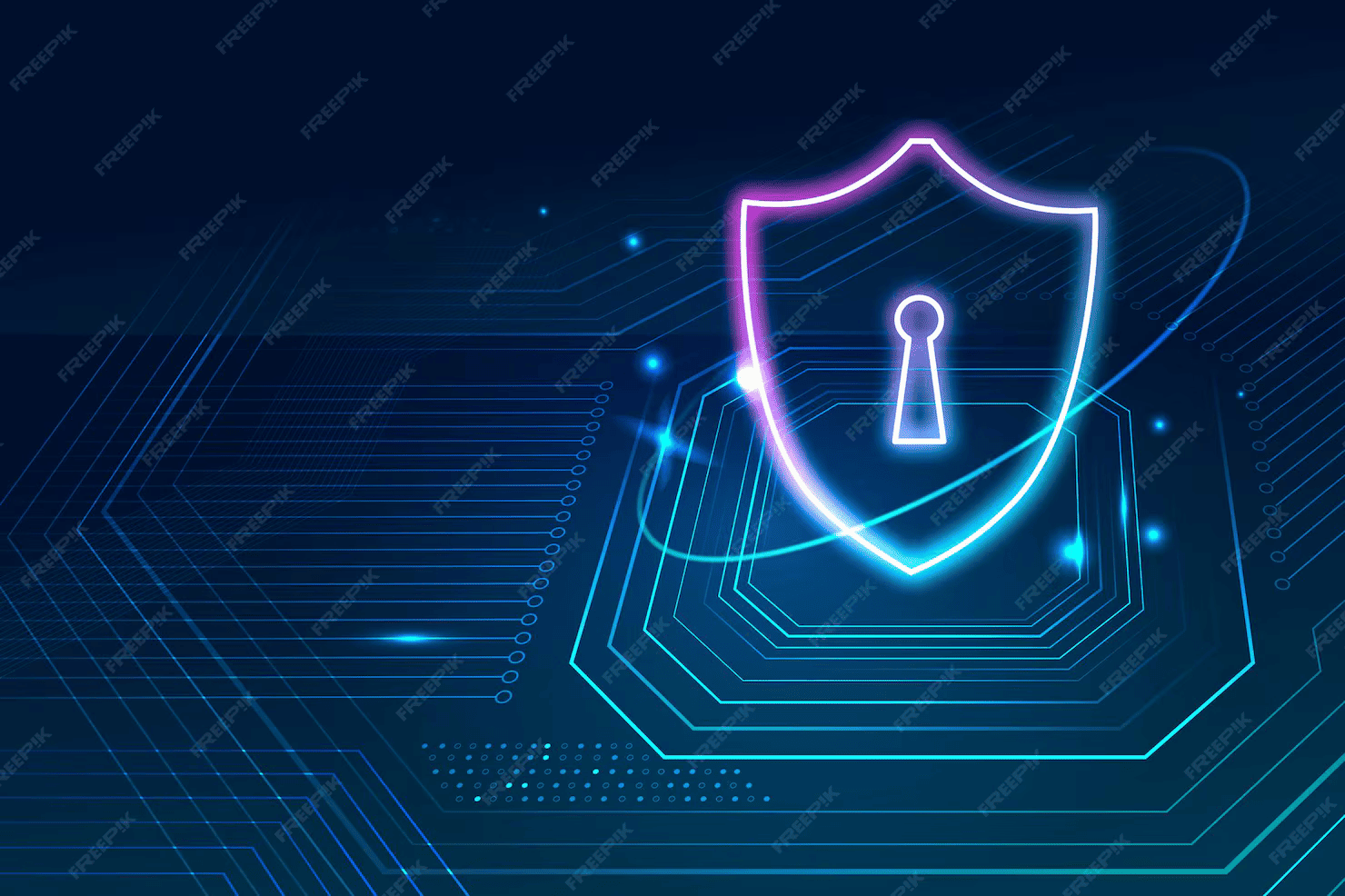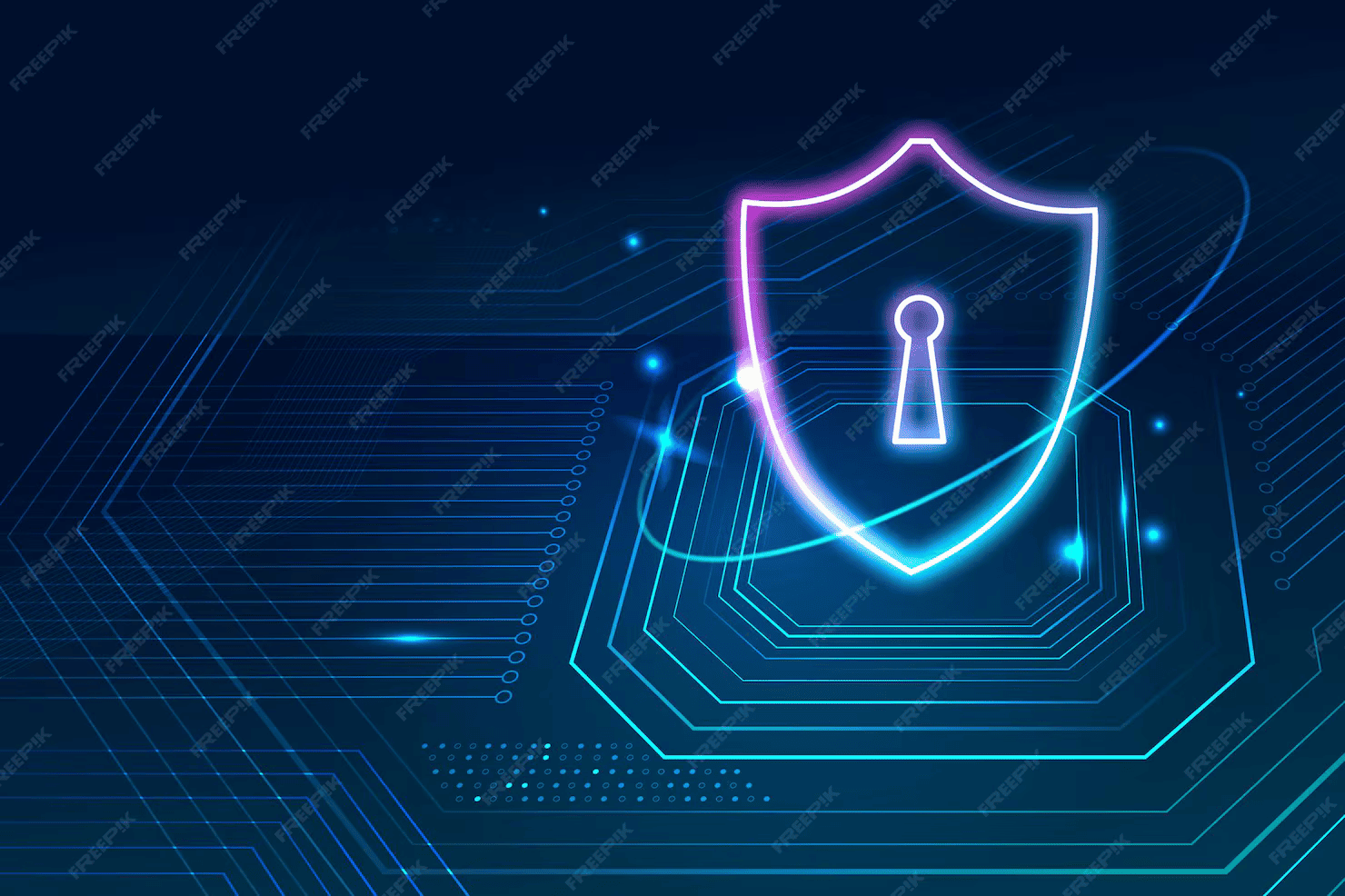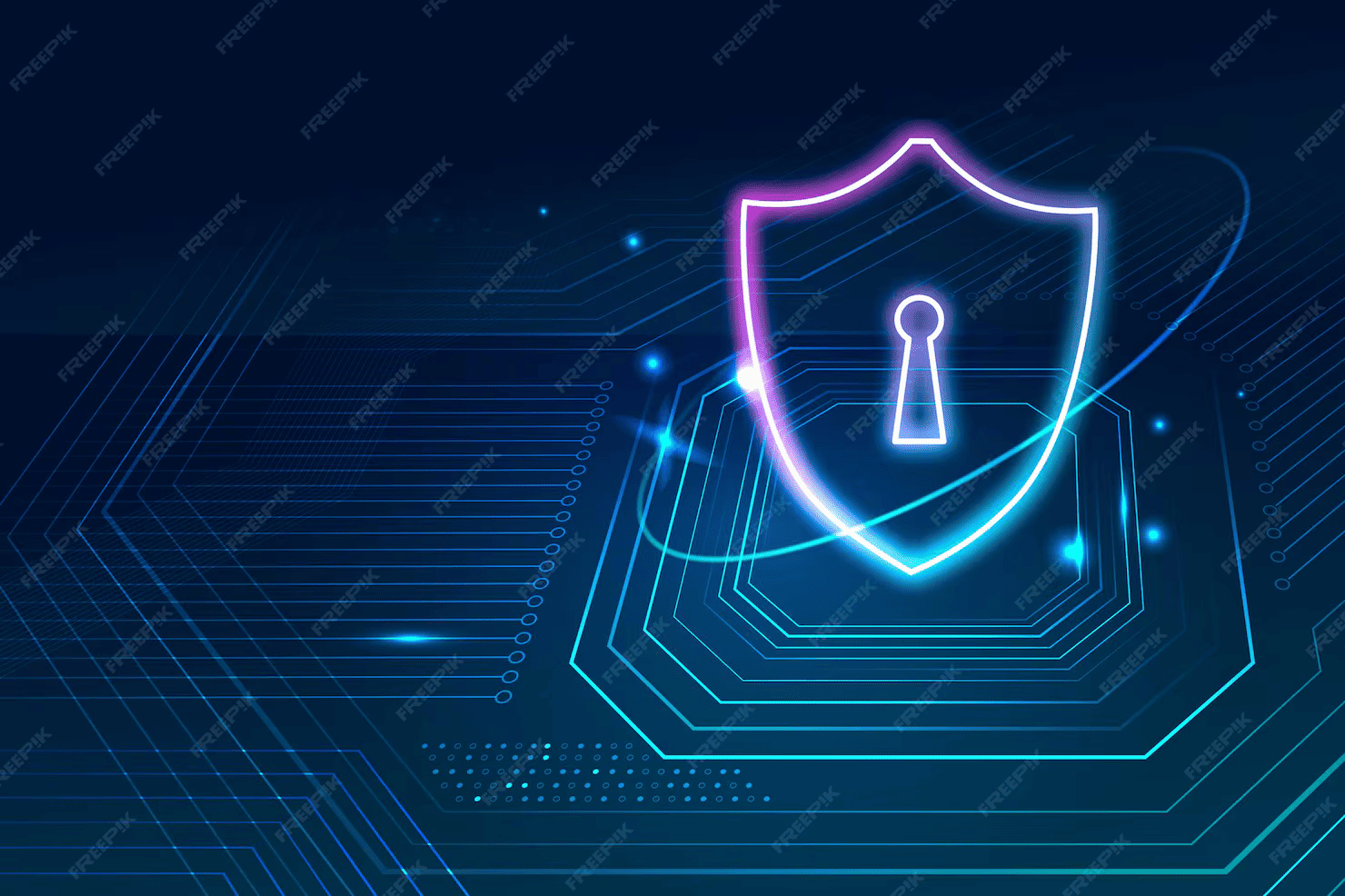Social Media Monitoring: Tools, Strategies, and Insights for Digital Growth
The success of Digital Marketing hinges on the use of social media. Channels like Facebook, Twitter (now X), LinkedIn, and Instagram are not just communication platforms, they are the modern-day colosseums where companies go to live and die. They, for businesses, are a plug socket to somewhere to broadcast their message to billions, and for the public, an open mic to respond, review, and react.
While these platforms can elevate your brand to viral heights, they can also expose vulnerabilities and generate backlash. This dual nature makes proactive monitoring essential. Unattended social media activity can damage your brand’s image. That’s why social listening tools and strategies are not just useful — they are mission-critical. With the right digital marketing software, brands can detect issues, engage audiences meaningfully, and continuously adapt to meet customer expectations.
What is social media monitoring?
Social media listening is when you monitor social media for brand mentions and conversations that are relevant to your business. This may range from your brand, your keywords, and hashtags to your competitors` activities and emerging trends. It is one of the most powerful ways for businesses of all sizes to monitor online presence and sentiment in real time.
From this monitoring, brands can learn what their customers like and dislike, as well as emerging issues, as well as identify notable influencers, stay up-to-date on what competitors are doing, and measure the success of marketing campaigns.
At its foundation, monitoring gives brands the chance to listen and react to the conversation with intent, all while maintaining a strong, strategic, and customer-forward digital presence.
Key benefits of social media monitoring
1. Reputation management
Social media monitoring acts as a real-time radar for your brand’s reputation. Negative reviews, complaints, or rumors can spread quickly, and if left unaddressed, damage trust and credibility. Monitoring enables you to:
Identify issues before they escalate.
Respond quickly and empathetically to dissatisfied customers.
Demonstrate transparency and a commitment to customer satisfaction.
In fact, 52% of customers expect a response within an hour, while 39% report often waiting more than two hours (Emplifi, 2023). Meeting these expectations can build loyalty and drive retention.
2. Influencer management
Monitoring social media can help identify key influencers—individuals who are shaping opinions and trends within your niche. By tracking what they talk about, you can:
Discover who aligns with your brand’s mission.
Engage them authentically and potentially collaborate on campaigns.
Leverage their followers to boost brand awareness and credibility.
3. Competitive intelligence
Stay one step ahead of competitors by tracking:
Their customer reviews.
Product launches.
Marketing campaigns and social interactions.
You can learn from their successes and failures while identifying gaps in the market that your brand can fill.
4. Audience monitoring
Get a closer look at the needs, behaviors, and expectations of your audience by analyzing:
Frequently asked questions.
Most shared content types.
Pain points and product demands.
This insight helps in designing content, offers, and customer journeys that resonate deeply.
Why do you need a social media monitoring platform
Manual tracking across multiple platforms is inefficient and error-prone. That’s where social media monitoring platforms come in — offering a centralized, streamlined way to collect and act on data.
Key features of a monitoring platform:
Centralized dashboards
Aggregate insights from multiple channels into one interface.
Save time and avoid missing important brand mentions.
Advanced analytics
Go beyond likes and shares — get in-depth analysis of sentiment, reach, and engagement. Many tools, powered by AI mobile development, deliver real-time, on-the-go insights that help marketers make informed decisions from anywhere.
Create custom reports tailored to your business goals.
Real-time alerts
Get notified instantly when brand mentions spike or a crisis brews.
React quickly with strategic communication.
Automated tracking & segmentation
Track keywords, competitors, and hashtags, and use sentiment analysis toolsa to categorize conversations by tone and emotion.
Segment audiences by demographics or behavior for more targeted marketing.
Scalability
- As your brand grows, so will the volume of conversations. A scalable platform ensures you keep up without losing quality insights.
Integration capabilities
Most platforms integrate with customer service, CRM, and marketing automation tools.
This ensures a seamless flow of information across departments.
Best practices for social media monitoring
To fully realize the power of monitoring, follow these best practices:
1. Define clear objectives
Set measurable goals — whether it’s improving response time, enhancing brand perception, or tracking competitor campaigns.
2. Select the right tools
Use social media monitoring tools that align with your platform preferences, goals, and budget. Top choices include Sprinklr, Brandwatch, and Emplifi.
3. Monitor the right keywords
Track not just your brand name, but also:
Product names
Key industry hashtags
Competitor names
Common customer pain points
4. Set up real-time alerts
Stay on top of important conversations with keyword-triggered alerts. This helps you respond quickly and appropriately, whether it’s a crisis or an opportunity.
5. Analyze sentiment
Use AI-driven sentiment analysis to determine the tone of mentions. This helps you gauge whether customers are happy, upset, or neutral — and lets you tailor your response.
6. Engage proactively
Don’t just watch — respond and interact. Thank customers for positive feedback, address concerns promptly, and spark meaningful conversations. This shows your brand cares and builds long-term loyalty.
Conclusion
Social media isn’t just a platform for posting anymore — it’s where your brand resides, breathes, and grows. With billions of conversations daily, don’t tune out. Thereby, social media listening gives your brand the power to eavesdrop, sift through the static, and boom back with a purpose.
But if you employ the correct tactics and use the appropriate social media scheduling tools and monitoring platforms, you set your business up not only to survive in the digital age, but to thrive.
What people say about your brand online is more important than ever. Make sure you’re listening.




